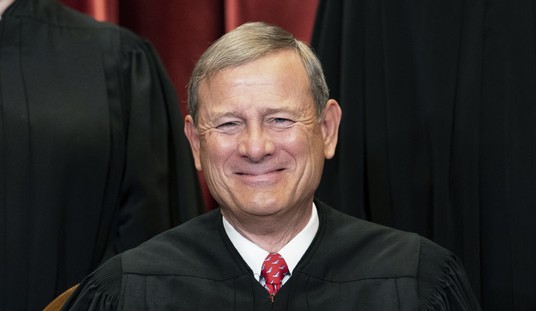Normally CH’s circulation is 60,000 copies. They printed three million of the new one to try to meet expected demand after the massacre, but sales are so hot in France this morning that they’ve already had to bump the print run up to five million. The issue’s been condemned by Sunni authorities, in the form of Egypt’s grand mufti, and Shiite ones, via Iranian state media. All of which is to say, this feels newsy. Go look at how the AP is handling photos of Parisians on line, though. Everyone who ventures out publicly to buy the issue is taking a risk that some Kouachi sympathizer will copycat the Charlie Hebdo attack by shooting up a newsstand. Given the denunciations from Islamic clerics and the fact that French security suspects the Kouachis had accomplices, that risk is real. Basic solidarity with France in defense of free speech today should mean, at the very least, showing at least as much balls as the average Frenchman strolling around Paris with a copy of the offending issue on full display in his own hands.
This stain won’t come off. The NYT’s own ombudsman seems to recognize that:
I asked Mr. Baquet on Tuesday if he had considered changing course — as some media organizations did, including The Wall Street Journal and the news pages of the The Washington Post — in order to publish the image of the new edition’s cover. He told me that he had thought about it but decided against it, in keeping with his original thinking.
Here’s my take: The new cover image of Charlie Hebdo is an important part of a story that has gripped the world’s attention over the past week.
The cartoon itself, while it may disturb the sensibilities of a small percentage of Times readers, is neither shocking nor gratuitously offensive. And it has, undoubtedly, significant news value.
With Charlie Hebdo’s expanded press run of millions of copies for this post-attack edition, and a great deal of global coverage, the image is being seen, judged and commented on all over the world. Times readers should not have had to go elsewhere to find it.
Not all news outlets are censoring the images. BuzzFeed has a useful list of those who are (the NYT, the AP, CNN, NBC, NPR, the BBC) and those who aren’t (WaPo, the WSJ, the LA Times, CBS, Fox News). I said this a few days ago but I’ll say it again: By far the more dignified approach if you’re unwilling to print the image is to not cover the story at all. Twenty-five years ago I would have thought differently about that: Better for readers to have some inkling of what’s happening in France even if they can’t see the offending image. But in the age of Internet and cable news, when there are literally a hundred easily accessible alternative news sources, there’s no risk of that; every one of the Times’s readers (except, perhaps, the very old and Internet-unsavvy) know about the new Charlie Hebdo and why it’s “controversial.” A Times blackout of the story wouldn’t affect their access to information but it would preserve a bit of integrity. After all, the implied promise of every (western) paper is that they’ll cover the news forthrightly, despite attempts by powerful agents to influence or restrain them. If you can’t, or won’t, keep that promise, then simply don’t cover it. Promise kept.
If you’re curious what’s inside the issue, BuzzFeed has a look.
Update: And one more point worth remembering on Charlie Hebdo day in France: Every media outlet that refuses to publish the image raises the risk, however marginally, to the ones who do. That’s why Charlie Hebdo was targeted to begin with. A small French paper shouldn’t be on jihadis’ radar screens, but if they’re one of only a handful globally willing to publish images of Mohammed, go figure that they might end up there.








Join the conversation as a VIP Member